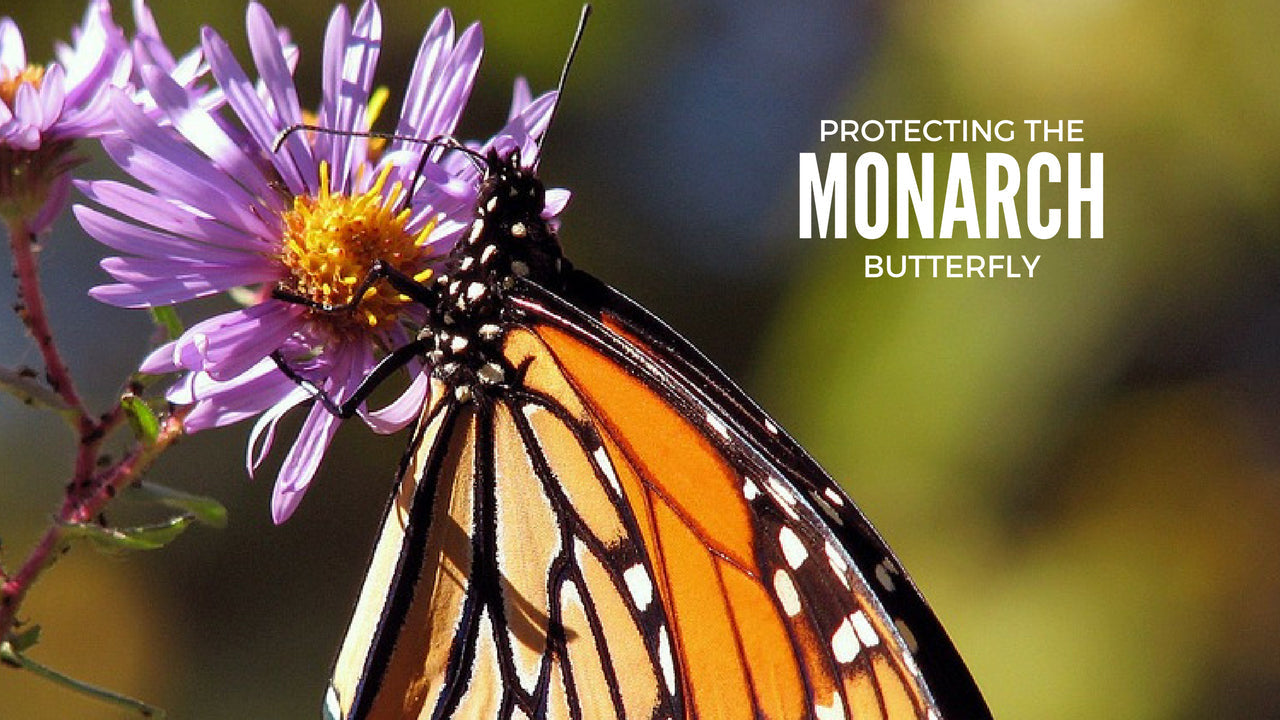Offer
Provide additional details about the offer you're running.
Provide additional details about the offer you're running.
Provide additional details about the offer you're running.

Pairing the word endangered with any wildlife species here in North America should send shock-waves through our society. The unfortunate reality is, this type of news is rarely displayed on the front pages of some of our most prominent publications.
The most recently paired string of terms that are a certain cause for concern is the updated status of the iconic Monarch Butterfly. In December 2016, the Committee on the Status of Endangered Wildlife in Canada (COSEWIC) announced they were changing the insect’s status from “special concern” all the way up to “endangered.”
Dialing up such an upgrade does not surface based on a hunch from special interest groups, it is based on scientific research and facts.
For those in the know, this is not a new problem. In fact, many of us have been very much aware of the decline of the monarch butterfly, but it was only recently that the situation has become so dire.
One of the butterfly’s biggest threats came in the form of habitat destruction as farming and commercial entities unknowingly killed off a great deal of the insect’s food and habitat; the milkweed. It was not until 2014 when the Ministry of Agriculture, Food, and Rural Affairs removed the milkweed from its list of noxious weeds. This legislation would no longer allow the plant to be targeted for destruction and was mirrored by the U.S. Department of Agriculture soon after.
These changes, while helpful, were seemingly too late. In a little over a decade, the North American population of monarch butterflies decreased from nearly 1 billion to under 35 million by 2013.
Perhaps the biggest impact you could have would be by contacting your elected officials and urging your friends and family to do the same. Begin at the municipal level and work your way up to both the provincial and federal levels as well.
You will need to write letters, emails and make comments on social media, making sure your community has banned the use of harmful pesticides. Outside of that, you will want to ensure your province has an active monarch action plan and ensure the federal government knows you are aware of the situation and that you expect them to act.
Additionally, as we have been preaching for several years, you should and need to encourage and create natural habitat in and around your property. Planting native plants, wildflowers and in this case, milkweed not only helps our monarchs but many other species, including our beloved birds.